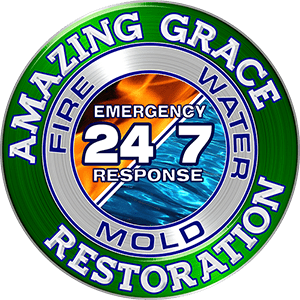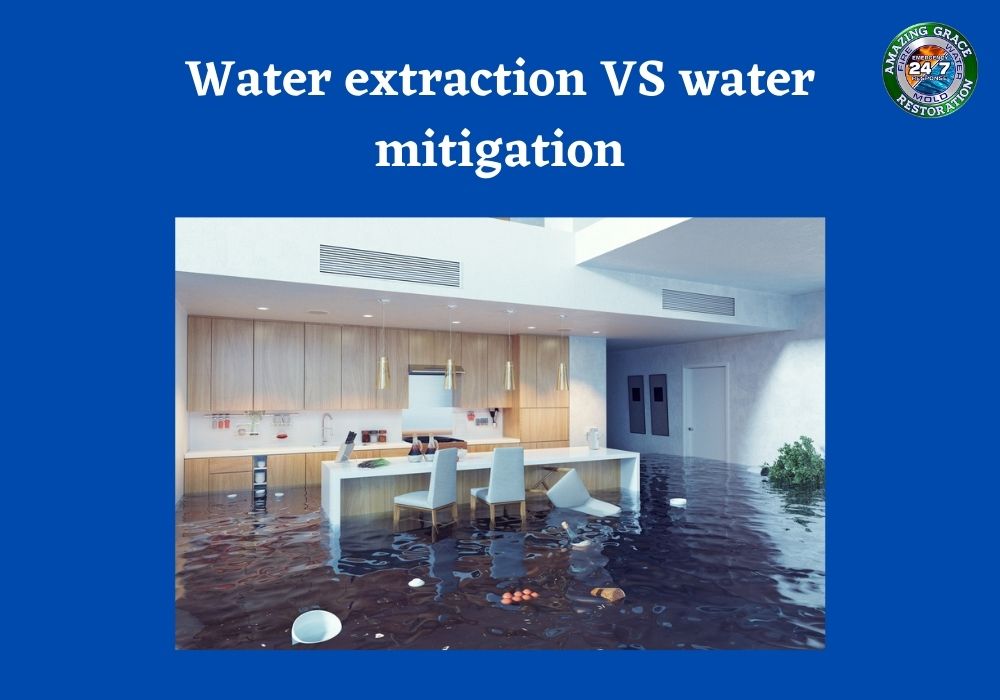A flood can occur at any time because there is no time decided of a natural disaster so you have to be prepared and take all the prevention, especially while living in an area where there is a chance of flood, etc. So, in this article we will guide you in dealing with the entire situation that revolves around water extraction and mitigation:
WATER EXTRACTION:
Water extraction is a process of removing water from the house, it can be done with the help of a DIY procedure; some of the very basic types of equipment are usually used to remove the excess water from the pretentious area of a property. It might help you in saving plenty of your belongings by removing the water from your house.
Cleaning home and replacing flooring:
It’s mandatory to clean your home properly so it will guarantee you no mold growth even and remove excess water from your home, the company that you will reach for restoration will also use dehumidifiers to make sure that there is no more mold left, although they check those places twice. The entire damaged flooring consists of hardwood, laminate, etc, they must be ripped off including the flooring. As you all know that laminate and hardwood will be absorbing water. All the damaged materials like carpets must be removed as you can understand that they become unhygienic especially if they are made up of fiber. But, if they are made synthetically no mold will be there inside them so it is not mandatory to remove them. For the subfloor, you need to use an OSB that will soak the water.
What are the water extraction methods?
Following are some of the water extraction methods:
1: Wet-dry vacuum:
It is mainly used to remove water from surfaces like carpets, etc.
2: Vacuum pumps:
It is used for removing deep water from the basement as it is usually used in large volumes of water.
3: Dehumidifiers:
To remove moisture for stopping the development of mold as mentioned earlier.
WATER MITIGATION:
Water mitigation is a process of preventing water damage inside your home, it helps in saving you in dealing with water damage. It includes the maintenance of leaky pipes, moisture build-ups, etc. Let’s have a look below to know more about water mitigation:
What are the water mitigation methods?
Following are some of the water mitigation methods:
1: Keep your home ventilated:
You guys need to keep your home ventilated as much as you can and especially kitchens and washrooms as well, As mold can be developed over there so, you need to ventilate them as well for even a short time. It would be great if you will fit some air vents inside your house as it will help you a lot in preventing mold. Keep all the windows, and doors open always.
2: Check the leaks:
You just need to check the leaks in the places, especially basements or where your laundry rooms are situated as it will surely bring moisture inside the house, and mold growth chances will be increased. So, you need to be aware of these things to prevent mold and keep yourself safe.
If your home is affected by a flood then you must know about these things and follow the steps mentioned below:
WHAT THINGS TO DO AFTER A FLOOD?
After your home has faced a flood then you need to take care of everything from water to food to almost everything and take some precautions as well.
1: You need to be aware of the drinking water first of all, whether it is safe to drink or not?
2: Avoid going from the places where floodwater is still there as it might be electrically charged or contaminated as well.
3: Don’t take your vehicles from the roads where floodwater has receded because the streets might be weak, and they may collapse by the weight of cars, especially trucks, buses, etc.
4: Service the things that are being damaged, including cesspools, pits, etc., because they may affect your health, and also contact the companies who offer water damage restoration services.
5: Disinfect the things affected by flood because they might contain chemicals.

